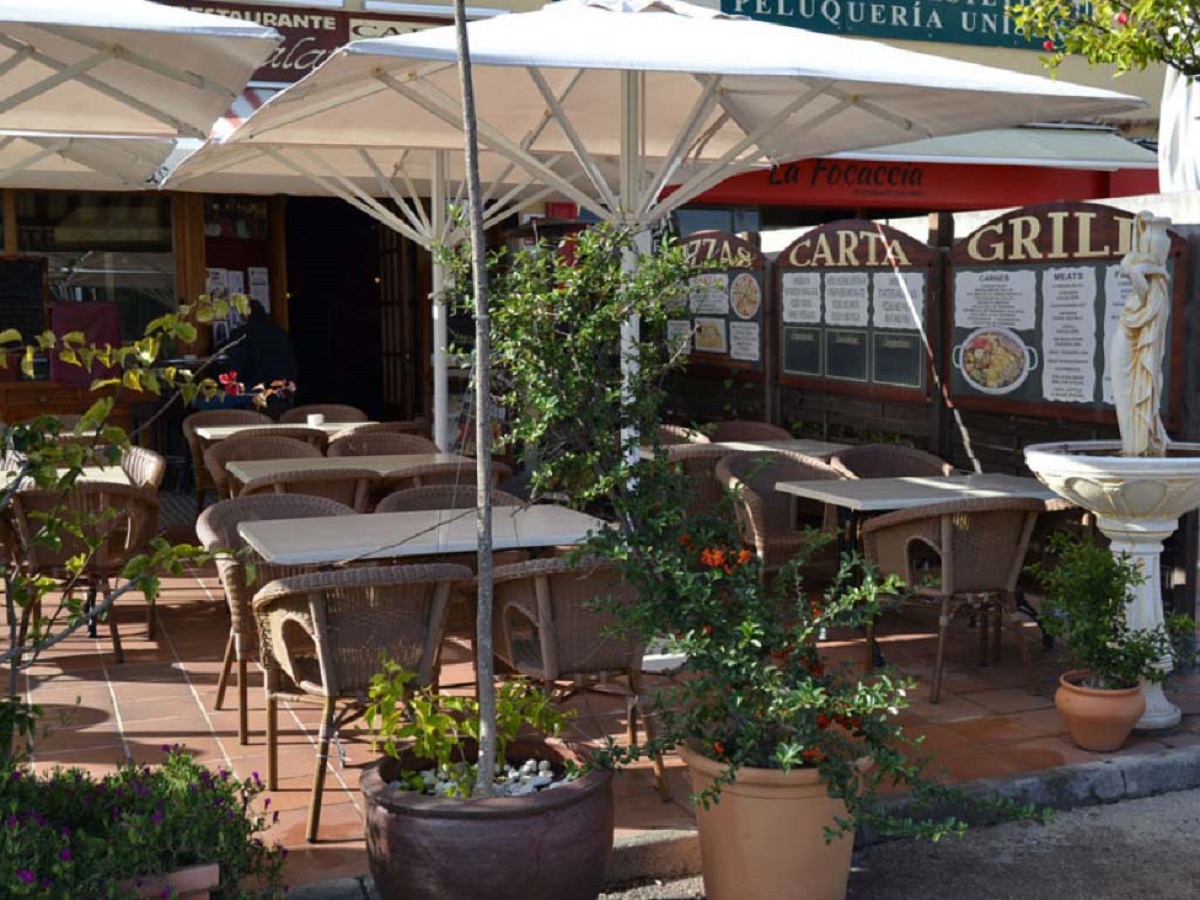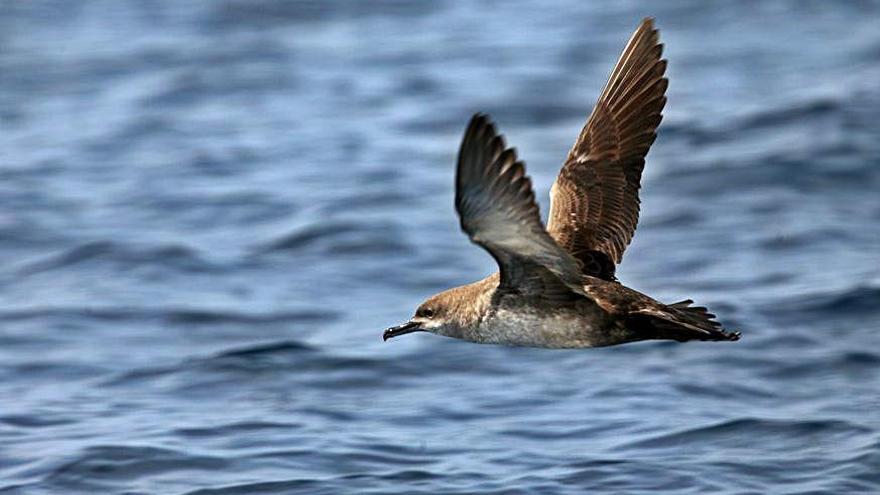Coast of Llucmajor
S’Estalella (S’Estanyol) – Cala Pi (Vallgornera) – S’Estalella
Duration: 2 h – 8.8 km – Very easy
Leaving Llucmajor via the Ma-6015 road (signposted towards S’Estanyol), we turn right when we reach the sea, where we will find plenty of space to park the car.
The excursion begins here, near the beautiful cove of ‘Es Racó de S’Arena’. We walk towards it, passing the Yacht Club of S’Estanyol, following a wide, sandy path after the asphalt ends. As we approach, we will see an information board about Es Racó de S’Arena, a true jewel of a cove, practically unknown to most tourists. In summer, it is an idyllic, peaceful place, far from the crowds. In winter, however, it shows a different face: due to its vulnerability, it is often swallowed by the rough sea, and large amounts of seaweed are deposited on what remains of the beach. We may even have to get our feet wet to continue the hike.
Upon reaching the other side of the beach, we will see several sandy paths climbing uphill. It is best to take the one closest to the sea, which leads to a wider path slightly higher up, where we will see signs pointing towards the “Lighthouse”. We go straight at the first fork, then turn left and pass a small house, reaching the S’Estalella Lighthouse (15 min). From this point, we can already enjoy wonderful views. Cabrera Island looks larger from here, stretching across a blue horizon before us. We can also see a beautiful panoramic view of S’Estanyol with its frontline villas, the marina and harbour, and the distant beaches of Colònia de Sant Jordi, which open up to our left. To the right, the unspoilt and rocky coast of Llucmajor stretches towards the distant cliffs of Cala Pi, today’s destination.
From the lighthouse, we follow the path through rocky terrain, where bushes and twisted pine trees lean inland, sculpted by constant sea winds. The defence tower of S’Estalella can already be seen halfway to Cala Pi. The route continues along this beautiful coast, skirting small coves and rock formations, far from all signs of modern civilisation. With the sea breeze caressing our cheeks, a feeling of freedom and wellbeing fills us as we behold nature in its purest form! In summer, we can cool off with a swim in any of these little coves; in winter, it’s spectacular to watch the massive waves crashing furiously against the rocks, splashing everything with a fine salty mist!
At 25 minutes, after passing a little house hidden among the brush, we will go through a gap in a stone wall and shortly after arrive at the S’Estalella Defence Tower (30 min), on a rocky rise.
This defence tower was built in 1577 by the master builder Simó Carrió and stands on a rocky platform called “Serral des Corral”, 6 metres above sea level. This bastion, built with quarried stone, originally had a main chamber surrounded by masonry and a terrace. There was also a parapet with gun slits, which were later sealed, and the parapet was modified to leave a small platform as protection for shooters. The tower is cylindrical at the top and conical at the base. It is 9.2 metres tall, with a base diameter of 7.64 metres and 6.65 metres at the terrace. This tower was restored by the Llucmajor Town Council in 1984.
Leaving the tower, we continue along the well-marked path to follow the route along the coast, gradually climbing to a higher level above the sea. It’s a spectacular place. The cliffs become steeper and are full of caves and strange formations caused by the relentless action of the waves crashing onto the coast. In summer, the turquoise and blue tones contrast with the sandstone, creating a true marine colour palette. We will pass another stone wall at 50 minutes as we gradually gain more height. Shortly after, the path leads us to a locked gate in a tall stone wall (1 h); this is the start of the residential area of Vallgornera, whose houses enjoy a very privileged position with excellent views from these cliffs. There are some simple stone steps in the wall to the left of the gate in case someone wishes to continue, although there is still quite a stretch left to reach Cala Pi. Better to visit it on our next outing!
The return is via the same path, offering new perspectives as the views are always different on the way back, arriving again at S’Estanyol after 2 hours of hiking.





